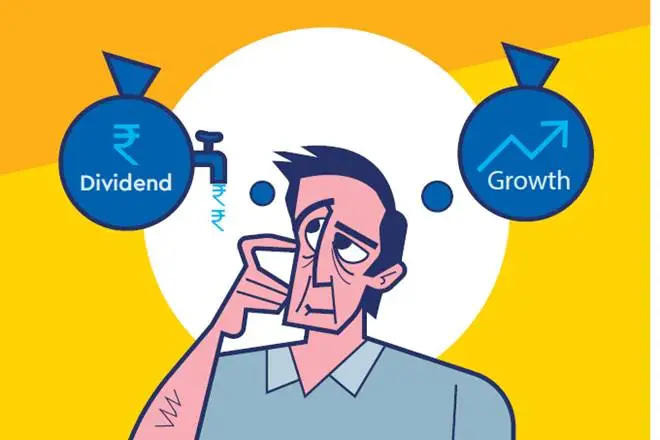People feel happy to get back money on their investments. The ‘colour’ of money is attractive. However, you need to have the right perspective, whether it is an additional income or just your own money coming back to you. Let’s clarify.
Where it is additional
There are certain instances where it is indeed ‘additional’. Dividend on equity shares is an example. You purchase equity shares with a view on price appreciation. Over and above the price appreciation you get, the dividends are an inflow. The reason is, the company is not contractually bound to pay dividends; it is paid when the company has adequate profits and the board of directors decides to pay. Even here, it may be argued that if dividend payout is not as high but the profits are ploughed back, it adds to the reserves and hence the book value of the company. Without going into that debate, it is generally perceived that if a company is paying out regular dividends, it is a healthy sign.
Your own money
There are many instances where the dividend received is not over and above what you would receive on the investment. Let’s take mutual funds as an example. There are two options, dividend and growth. In the growth option, there is no pay-out by the fund; hence your money remains in the fund and earns for you for a longer period of time. In the dividend option, you get regular cash flows, which means that component of your money stops earning in that fund.
To extend the logic, there are money back schemes from life insurance companies which pay you at regular intervals. Since the policy is a business proposition for the insurance company, they would not pay you higher than a regular (non-money back) policy. Rather, that part does not earn for you from pay-out till maturity. Hence money back is more about psychological feel-good than real higher returns.
Dividend or growth
If the dividend (or money back) option does not add to your return vis-à-vis the growth (or no pay-out) option, why does it exist? The answer is, regular cash flows. If you require regular cash flows to a small extent of your investment, you may opt for it. So only if you require regular cash flows, you should go for it, otherwise growth (or no pay-out) option is better. Bank deposits, company debentures, Post Office monthly income schemes are defined as regular flows in the form of interest and you don’t have a choice. The other question is, what if you require more cash flow than the expected dividends? Then you have to encash a part of your principal investment at regular intervals, provided there is no lock-in. In mutual fund parlance, it is called the Systematic Withdrawal Plan (SWP).
Conclusion
You will take whatever suits you, but clarity on what you are doing and why you are doing is important. If someone sells you a pay-out product as better than non-pay-out, you should be able to compare.
Source: https://www.financialexpress.com/money/smart-investments-dividend-or-growth-which-one-is-better/1767


